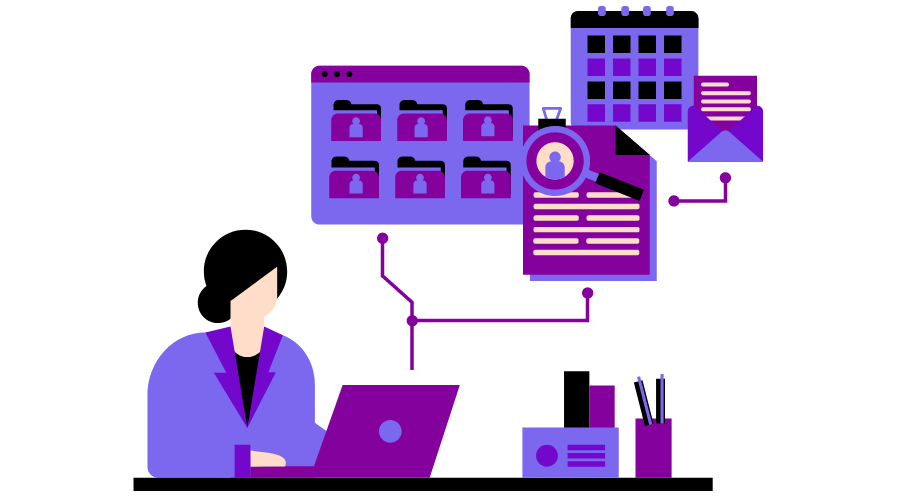“Discover how Campus Cloud fosters seamless collaboration among faculty with tools for communication, resource sharing, and coordinated teaching strategies.”
Introduction
Collaboration among faculty members is essential for a well-functioning academic environment. Traditional methods of communication and resource sharing often lead to inefficiencies, delays, and miscommunication. Campus Cloud Software provides a centralized digital platform that enhances collaboration, streamlines administrative processes, and fosters a culture of teamwork among faculty members.
This report explores how Campus Cloud Software transforms faculty collaboration through its advanced communication tools, document sharing capabilities, automated scheduling, and more.
Challenges in Traditional Faculty Collaboration
Before the introduction of digital solutions, faculty members primarily relied on emails, physical meetings, and printed materials to collaborate. Some key challenges included:
- Inefficient communication– Information was often lost or delayed due to reliance on emails and face-to-face meetings.
- Limited accessibility– Important documents and schedules were not always available remotely.
- Time-consuming coordination– Scheduling meetings and academic activities required manual intervention.
- Data fragmentation– Research papers, teaching resources, and student records were stored in multiple locations, causing inefficiencies.
How Campus Cloud Software Improves Faculty Collaboration
Campus Cloud Software overcomes traditional challenges by providing a unified digital workspace where faculty members can easily communicate, collaborate, and share resources.
Centralized Communication Platform
- Faculty members can use instant messaging, discussion forums, and video conferencing for real-time collaboration.
- Announcements, academic updates, and institutional news are shared seamlessly through the platform.
- Automated notifications ensure that faculty members stay updated on important meetings and deadlines.
Virtual Faculty Meetings and Collaboration Tools
- Integrated video conferencing tools allow faculty to conduct remote meetings, webinars, and training sessions.
- Shared digital whiteboards facilitate brainstorming sessions and interactive discussions.
- AI-powered transcription services record and summarize meetings for future reference.
Cloud-Based Document and Resource Sharing
- Faculty members can store and access lesson plans, research papers, academic reports, and administrative documents in a secure, cloud-based repository.
- Version control features allow multiple faculty members to collaborate on the same document without confusion.
- Secure access controls ensure that sensitive information is protected.
Automated Scheduling and Task Management
- Campus Cloud Software offers automated scheduling for faculty meetings, class timetables, and office hours.
- Task management tools allow faculty to assign responsibilities and track progress on shared projects.
- Calendar integration ensures that schedules remain organized and easily accessible.
Research Collaboration and Academic Networking
- The platform enables faculty members from different departments or institutions to collaborate on joint research projects.
- Research materials, citations, and datasets can be shared securely with relevant collaborators.
- Peer review and feedback mechanisms ensure high-quality academic outputs.
Performance Tracking and Professional Development
- Faculty members can track their students’ progress and performance analytics using real-time dashboards.
- Training modules and professional development programs are accessible online, encouraging continuous learning and skill enhancement.
- Faculty evaluation and feedback mechanisms allow for structured performance reviews.
Case Study: Implementing Campus Cloud for Faculty Collaboration
Background:
A large university with over 500 faculty members struggled with fragmented communication, inefficient meeting coordination, and challenges in resource sharing.
Solution:
The university implemented Campus Cloud Software, integrating it with their Learning Management System (LMS) and research collaboration tools.
Results:
✅ 30% reduction in faculty meeting time
✅ Enhanced document-sharing capabilities with version control
✅ Increased faculty engagement in online discussions and collaborations
✅ Improved tracking of faculty performance and professional development
Conclusion
Campus Cloud Software revolutionizes faculty collaboration by providing a seamless, integrated, and cloud-based platform for communication, document sharing, scheduling, and research collaboration. By adopting this digital approach, institutions can improve faculty engagement, streamline administrative processes, and foster a culture of innovation and teamwork.
By leveraging Campus Cloud Software, educational institutions can create a more connected, efficient, and innovative academic environment that benefits both faculty and students.
